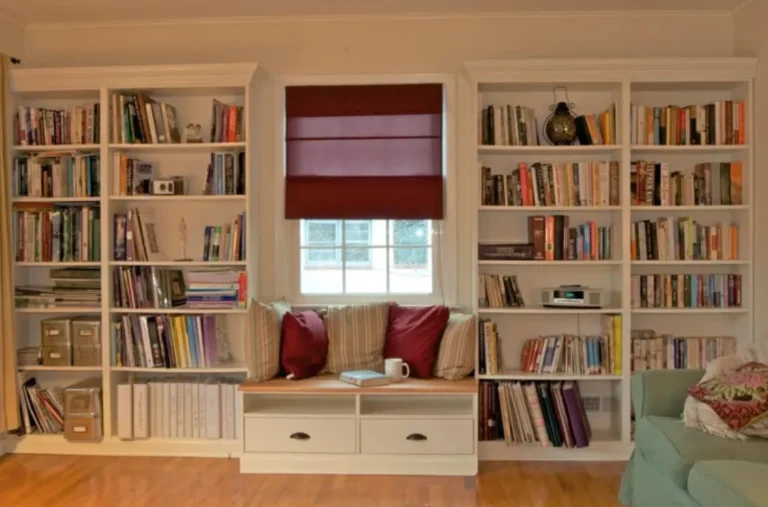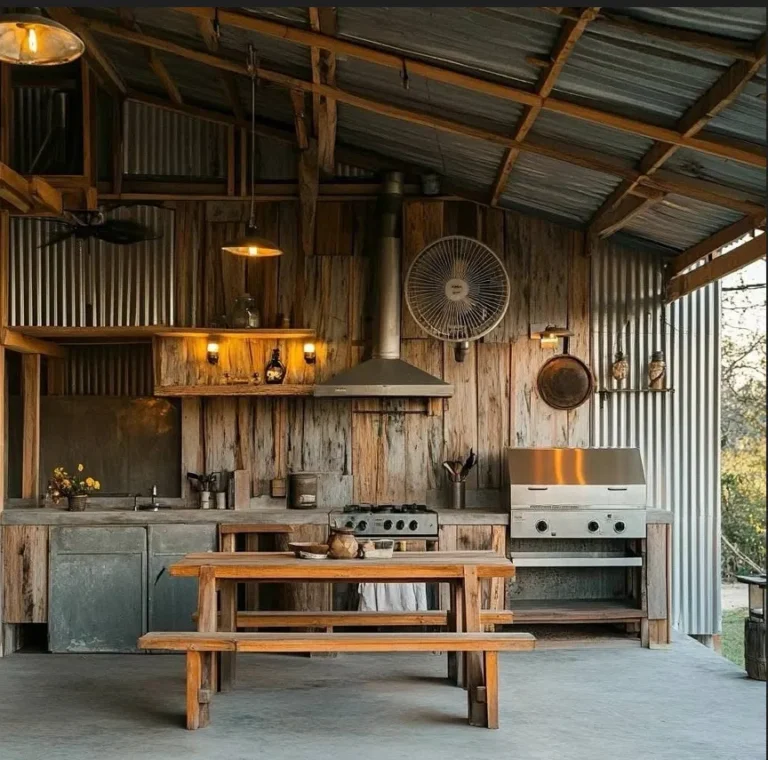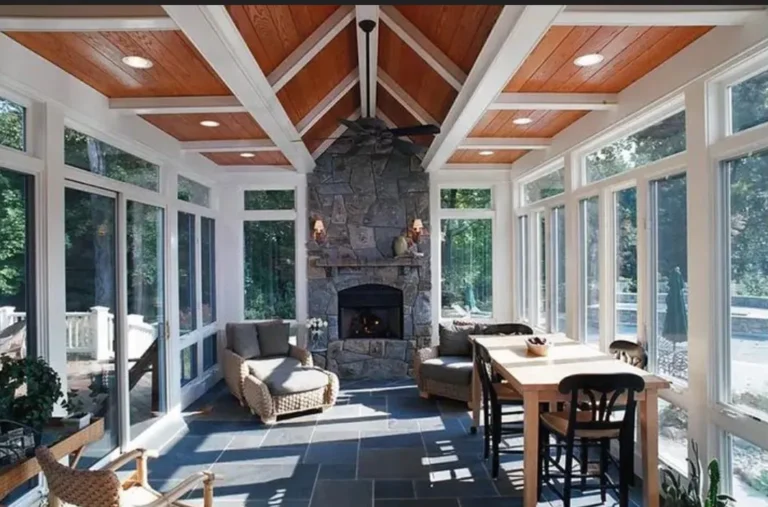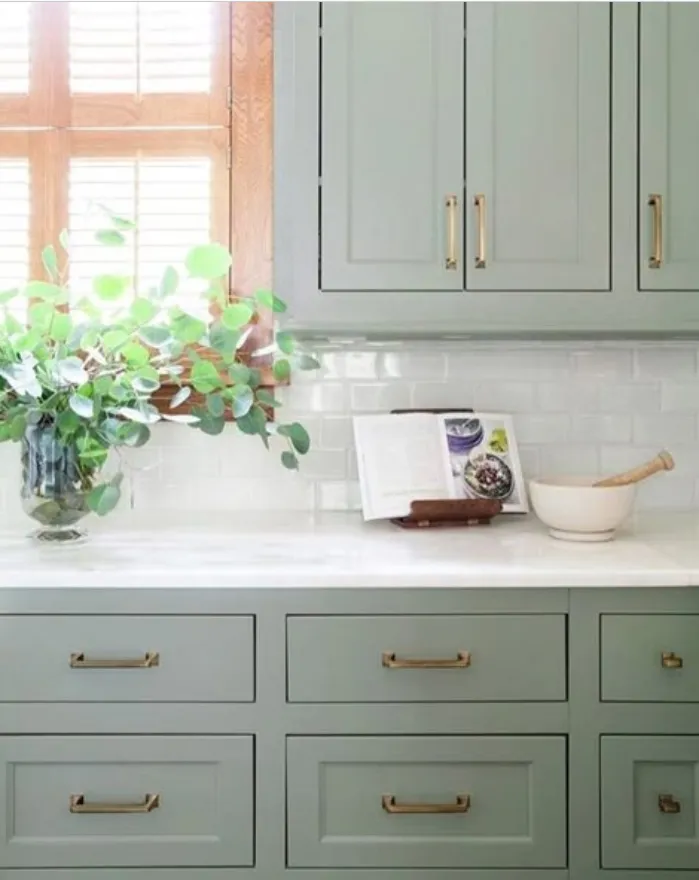Copper Backsplash Ideas Backed by Real Design Experience
Let me tell you a little secret: my love affair with copper started long before I could afford a single piece of it. Years ago, I was standing in this tiny kitchen at a friend’s apartment, and there it was — a sheet of hammered copper behind her stove, catching the light like it was wearing its own spotlight. I swear I stood there for a full minute, mid-conversation, just staring at it like a raccoon spotting a shiny snack.
Advertisement
Fast forward a few years, and I finally got my own copper backsplash — though not without a couple of mistakes, a questionable DIY attempt, and a moment where I nearly glued my shirt to the wall (don’t ask). The thing is, copper is not just a backsplash choice; it’s a mood. It’s warmth. It’s a little bit rustic, a little bit glam, and somehow… timeless.

IMAGE BY PINTEREST
So, here’s everything I’ve learned — the good, the bad, and the “why did I think I could do this myself?” — about copper backsplashes.
Go All-In With Solid Copper Sheets
When I first started, I thought: “Let’s do the whole wall in copper. Floor to ceiling. Like a Hollywood kitchen but with farm vibes.” And you know what? It worked. A single, uninterrupted sheet of copper makes a bold statement and reflects light beautifully.
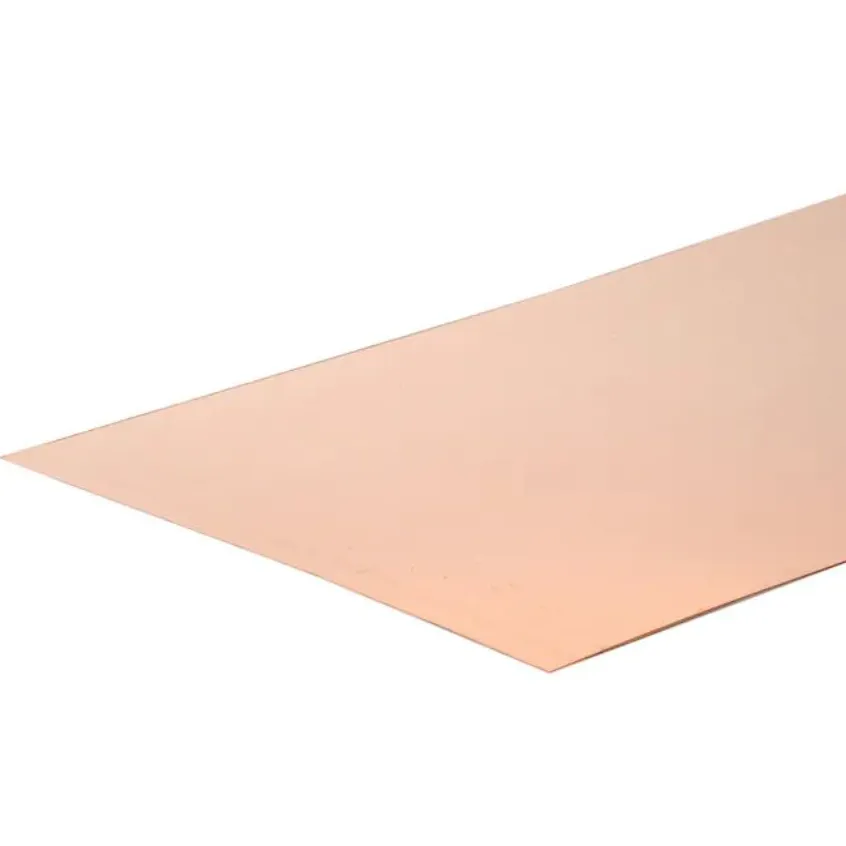
IMAGE BY PINTEREST
Pro tip from experience:
Get it pre-cut by a metal supplier. Trust me, you don’t want to wrestle with a giant roll of copper in your kitchen while muttering under your breath.
Opt for thicker gauge if you can — thinner sheets can dent if you so much as lean a coffee mug against them.
Visual vibe: Picture warm amber tones glowing behind your stove, catching the sunrise through the window while you’re making your first cup of coffee.
Try Hammered Copper for Texture
Smooth copper is sleek, but hammered copper? That’s character. It hides fingerprints, water spots, and the occasional sauce splatter from that overenthusiastic pasta night.
I first saw hammered copper in a tiny bistro in Montreal — their kitchen was basically the size of my closet, but the texture made it feel like a piece of art.
Pro tip: If you cook a lot and don’t want to polish constantly, hammered is your friend.

IMAGE BY PINTEREST
Mix Copper with Tile
If going full copper feels like too much, you can mix it in with tile. I once did a project where we used simple white subway tiles for most of the wall, then added a panel of copper behind the range. It felt custom without being overwhelming.

IMAGE BY PINTEREST
Bonus: It’s more budget-friendly because you’re only buying a small amount of copper.
Patina for That Lived-In Look
Copper changes over time. At first, it’s all shiny-penny vibes. But slowly, it develops a patina — those soft green and brown tones you see on old rooftops.
Now, some people freak out about this (hi, my mom), but I love it. My kitchen backsplash tells the story of every meal cooked and every accidental splash.
Real-life tip: If you want the patina faster, you can accelerate it with a vinegar-salt spray. Or, if you want to keep it shiny forever, seal it with a clear lacquer.
Frame It for a Custom Look
One trick I stumbled into when working on a rental (where I couldn’t go full backsplash) was framing a copper sheet with wood trim. It instantly looked intentional — like a piece of functional wall art.
This works especially well in kitchens that lean rustic or industrial. The wood-copper combo feels warm and grounded.
Play With Patterns
Copper can be embossed with patterns — think Moroccan tiles, geometric prints, or floral designs. I once ordered a set of copper panels with a quatrefoil pattern, and the texture + shine was next-level.
Yes, it costs more than plain sheets, but it becomes the focal point of the kitchen. You can keep the rest of the room simple, and that backsplash will still steal the show.
Pair It With the Right Countertops
From my trial-and-error experiments (and by experiments, I mean staring at sample boards in my kitchen for days), copper looks amazing with:
White marble or quartz (hello, modern luxe)
Butcher block (farmhouse cozy)
Black granite (dramatic and sleek)
Avoid anything too orange-toned in the counters, or the whole space can start to look… pumpkin spice gone wrong.
Don’t Forget the Lighting
Here’s something I didn’t expect: lighting completely changes how copper looks. In bright, cool light, it’s sharp and modern. Under warm, dim light, it’s rich and moody.
I ended up installing under-cabinet lights just to highlight the backsplash — and now, it’s basically my kitchen nightlight.
Maintenance: Keep It Real
Okay, confession: I do not baby my copper. I clean it with mild soap and water, sometimes a bit of lemon and salt if it’s looking dull. That’s it.
If you’re the type who can’t stand fingerprints or spots, copper might drive you a little nuts. But if you like that “perfectly imperfect” vibe, it’s bliss.
My “If I Could Do It Again” Advice
If I were starting from scratch today, I’d:
Choose hammered copper for behind the stove (hides splatters).
Use smooth copper for the rest, sealed to slow patina.
Keep the counters light to make the copper pop.
And yes, I’d still nearly glue my shirt to the wall. Some mistakes are just part of the story.
Copper Backsplash Quick Ideas Recap:
- Solid sheets for drama
- Hammered for texture
- Mix with tile for balance
- Let it patina or seal it
- Frame small sections like art
- Go patterned for extra wow
- Pair with light countertops
- Use warm lighting
- Embrace low-maintenance charm
Final thought: Copper isn’t just a backsplash choice — it’s a personality. It’s the friend who’s warm, slightly unpredictable, and always makes you look twice. And honestly? Every time I walk into my kitchen and see that glow, I feel a little spark of joy.
Now if you’ll excuse me, I need to go wipe down the backsplash… or maybe just make another coffee and admire it instead.



